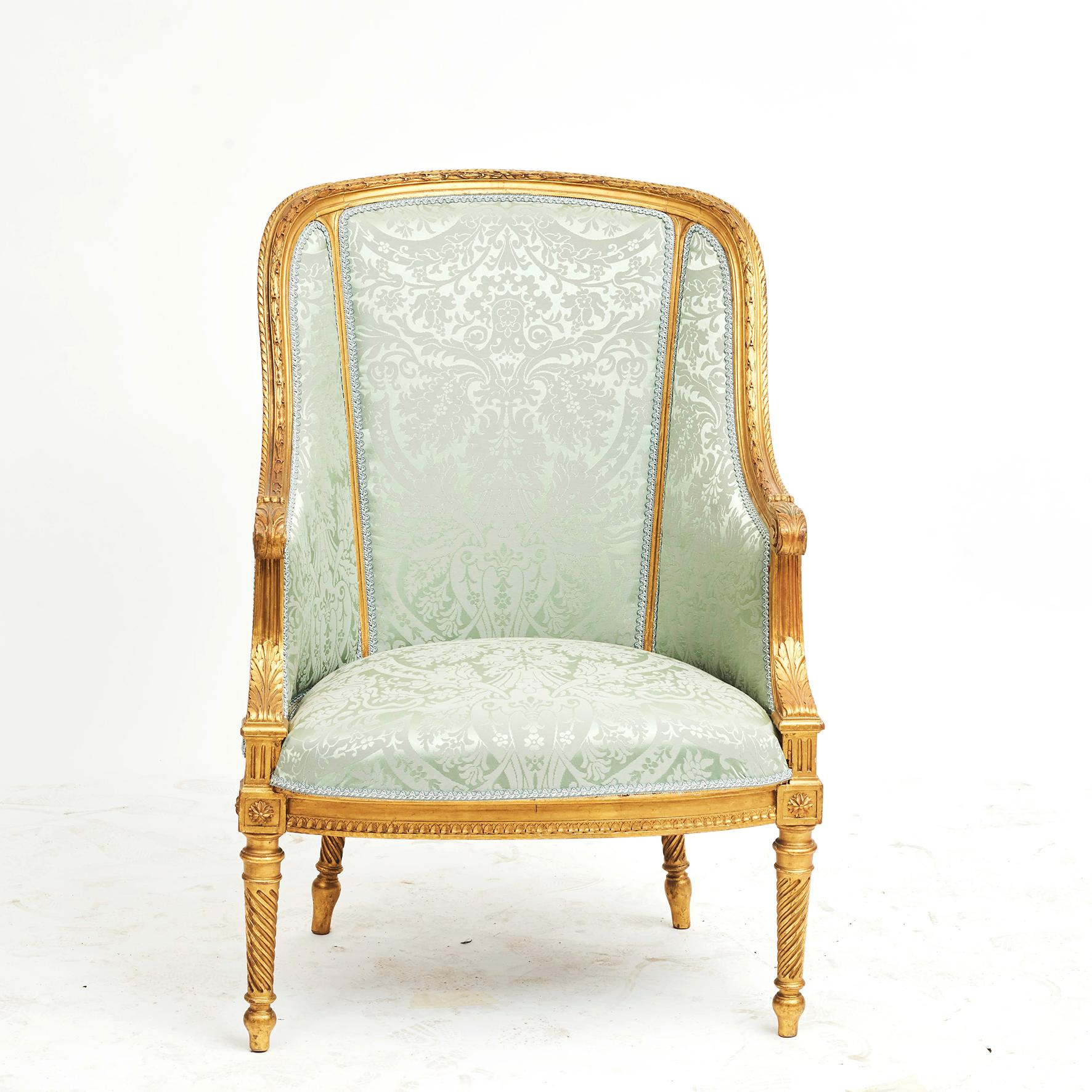Historical Context and Evolution: Louis Square Desk Chair

The Louis square desk chair, while not possessing a singular, definitively documented “invention” date like some iconic designs, evolved over centuries, reflecting shifting tastes and technological advancements in furniture making. Its story is interwoven with the broader history of chair design and the social structures that shaped its production and consumption.
The evolution of the Louis square desk chair can be understood as a gradual refinement of earlier chair designs, drawing inspiration from both functional and aesthetic considerations. Early forms, potentially found in the simpler, square-backed chairs of the late 17th and early 18th centuries, laid the groundwork for the later, more elaborate versions. The development of more sophisticated joinery techniques and the availability of finer materials played a crucial role in its increasing elegance and refinement.
Timeline of Design Evolution, Louis square desk chair
The design’s progression can be broadly categorized into periods influenced by prevailing styles:
* Pre-1700s: Rudimentary square-backed chairs, often crafted from simple wood and featuring basic construction, served as precursors. These chairs lacked the ornate detailing and refined proportions of later iterations.
* 1700s – Louis XV & XVI Styles: The formalization of the “Louis” style, heavily influenced by French court tastes, introduced curvilinear forms and elaborate ornamentation. However, the square-back chair maintained a presence, albeit with increasingly sophisticated carving, upholstery, and the incorporation of luxurious materials like gilded wood and fine fabrics. This period saw the rise of skilled artisans and cabinetmakers who refined the design, focusing on ergonomic improvements and aesthetic appeal.
* 1800s – Neoclassicism and Beyond: The square-back chair continued to be produced, adapting to changing tastes. Neoclassical styles emphasized clean lines and symmetry, resulting in more restrained versions compared to the elaborate Baroque and Rococo predecessors. The Industrial Revolution led to mass production techniques, making the chair more accessible to a wider range of consumers.
* 1900s – Present: Modern interpretations often retain the square-back essence while integrating contemporary materials and manufacturing methods. Mid-century modern designs incorporated minimalist aesthetics, and contemporary versions explore diverse materials and manufacturing processes. Some modern designs draw directly from historical styles, while others represent entirely new approaches, still echoing the original square-back form.
Social, Economic, and Artistic Influences
The popularity of the Louis square desk chair reflects broader social and economic trends. During periods of affluence and courtly splendor, elaborate versions were status symbols, reflecting the wealth and taste of their owners. The chair’s design evolved alongside artistic movements, reflecting the prevailing aesthetics of each era. The rise of the middle class during the 19th century increased demand for more affordable versions, leading to changes in manufacturing and materials.
Key Figures in Design and Production
The precise attribution of design to individual creators is often challenging in the history of furniture. However, we can highlight groups and periods that significantly shaped the Louis square desk chair’s evolution:
The contribution of individual cabinetmakers and workshops from the 17th and 18th centuries is difficult to isolate due to the lack of detailed documentation. However, the overall evolution of French furniture-making during the reigns of Louis XV and XVI significantly impacted the development of the chair’s style and construction. Later, the influence of mass-production techniques during the Industrial Revolution led to broader accessibility, although often at the expense of individual artisan craftsmanship. The 20th and 21st centuries saw the integration of industrial design principles into chair design, leading to further stylistic variations.
